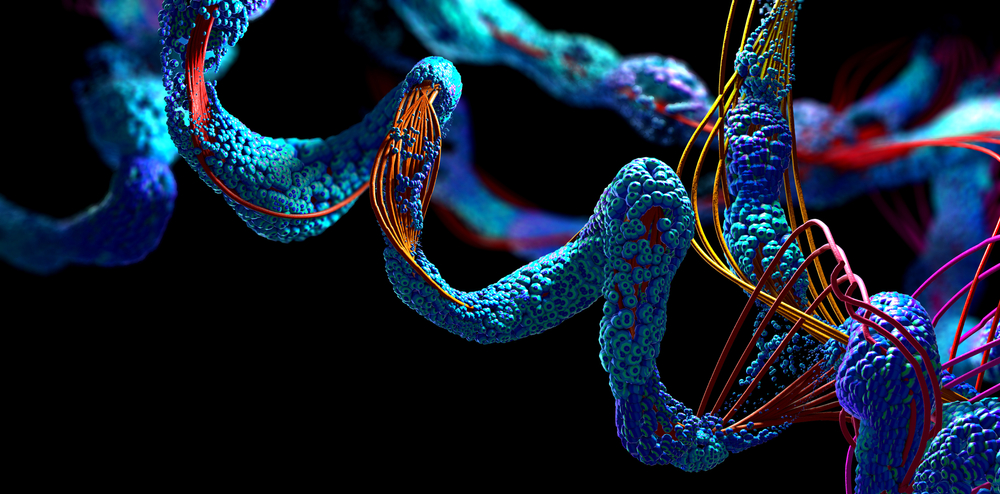About the Project
Over 170 post-transcriptional chemical marks have been catalogued across all major RNA biotypes, introducing layers of chemical and structural diversity that fine-tune RNA folding, stability, decoding fidelity, and protein interactions. Decoding these chemical signatures is key to understanding how RNA molecules regulate cellular behavior beyond their sequence.
Our long-term goal is to enable de novo basecalling of RNA modifications at single-base and single-molecule resolution. We approach this ambitious goal by first characterizing the archaeal species Thermococcus kodakarensis, which thrives at extremely high temperatures. Current Schwartz Lab results have used Illumina sequencing to profile diverse RNA modifications in this archaeon, providing a valuable reference map for downstream modeling.
In this collaboration, we apply AI-based modeling to Oxford Nanopore Technologies (ONT) direct-RNA sequencing to detect these modifications directly at the molecule level. By training transformer-based models in a self-supervised framework, we aim to learn signal embeddings that reveal the subtle electrical fingerprints of RNA modifications, paving the way for direct, label-free detection of the epitranscriptome from native RNA molecules.


